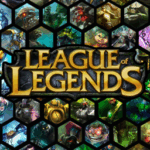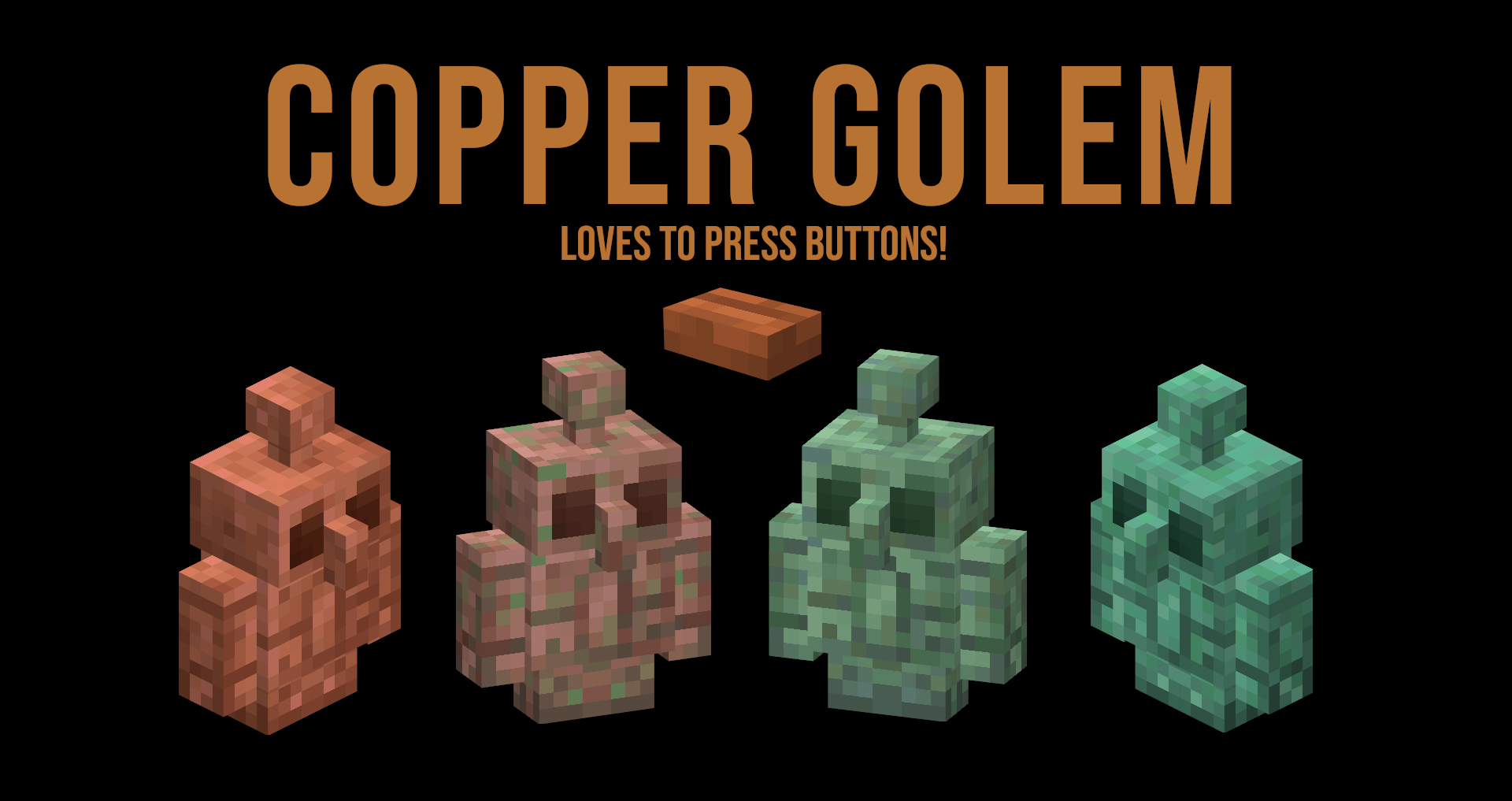Popular Now
Gorilla Tag is not just a multiplayer VR game—it’s a revolution in virtual movement, social interaction, and physical gameplay. Designed with simplicity and immersion at its core, Gorilla Tag does away with traditional locomotion systems, replacing them with arm-powered movement that mimics how primates move in real life. This bold design choice results in an experience unlike any other in the VR landscape. In this deep-dive, we’ll explore how Gorilla Tag delivers an unparalleled VR experience across various aspects—from first contact with VR movement to complex community-driven gameplay, ranked logically and temporally across ten chapters.
Getting Your First Grips in Gorilla Tag VR
Gorilla Tag’s onboarding experience throws players right into the primal action. There's no tutorial in the traditional sense—players learn by doing, failing, and trying again.
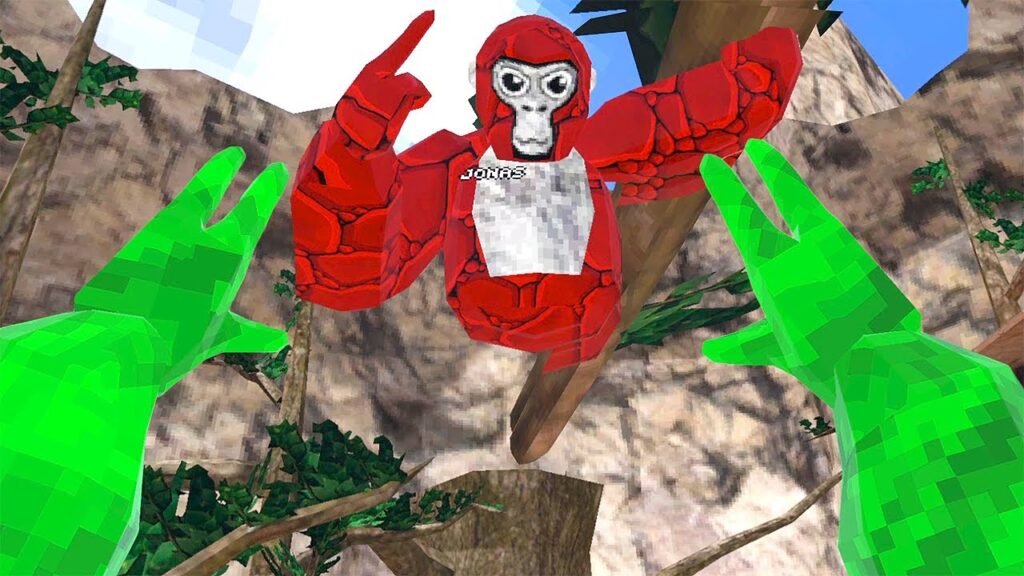
This immediate drop-in style encourages curiosity. Unlike conventional VR games where teleportation or thumbsticks guide movement, Gorilla Tag’s design requires physical swinging of the arms to move. This mechanic forces the player to become instantly aware of their physical space, body posture, and limb movements, making the experience intensely visceral and immersive.
The benefit is twofold: it trains muscle memory quickly while emphasizing spatial awareness, creating an introduction that feels as organic as it is challenging.
Locomotion Like Never Before
Once basic movement is grasped, the player starts to engage with the environment in meaningful ways. Climbing walls, vaulting off trees, and swinging from platform to platform becomes second nature.
These mechanics are uniquely satisfying in VR because they depend entirely on physical effort. It’s not just a test of coordination—it’s a workout. Players find themselves sweating and breathing heavily within minutes, amplifying immersion and giving a physicality to Gorilla Tag that’s almost unmatched in other VR games.
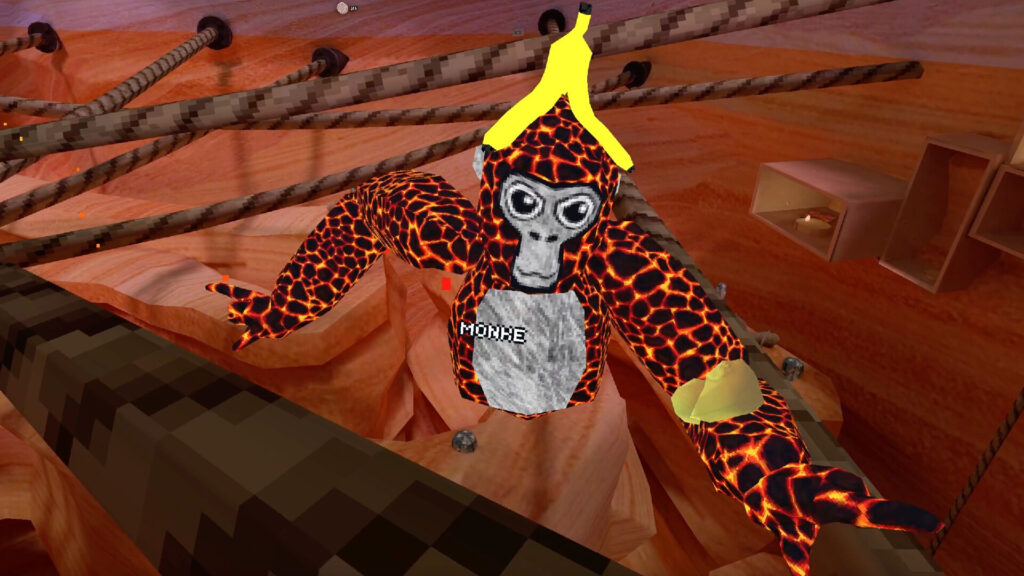
The precision of collision detection, physics, and responsiveness of your arm swings all feed into the joy of freeform locomotion. The game teaches you to think and act like a gorilla—not just look like one.
The Role of Tactile Feedback in Player Immersion
Although Gorilla Tag doesn’t feature haptics or rumble support like some VR titles, its gameplay still provides an uncanny sense of touch and friction.
The trick lies in the interaction between visual cues, movement realism, and audio. The thump of your hand hitting the ground, the motion blur of your sprint, and the whoosh of a missed branch all simulate tactile feedback in the player’s mind.
What this means is that your brain fills in the gaps. This is known as "sensory substitution," and Gorilla Tag leverages it better than most—delivering physical immersion without high-tech peripherals.
Maps that Reinforce Immersion
The various maps in Gorilla Tag each offer different spatial challenges that test your VR adaptability. From the iconic Forest map to the chaotic City layout, each level forces you to move, leap, and swing in different ways.
Forest encourages vertical climbs, while Canyon emphasizes long jumps and wall bounces. These environments are minimalistic but full of depth. There are no unnecessary decorations—just playgrounds for kinetic exploration.

This map design supports flow-state gameplay, where the player forgets they’re in VR and simply becomes part of the environment. Every movement feels like a calculated risk, every route has hidden potential.
Social Interaction and the VR Body Language Effect
Gorilla Tag is one of the few VR games where body language is the main communication tool. There is voice chat, but the expressive physical gestures are what really drive social dynamics.
Players point, wave, tease, and chase—all through body movement. It’s this reliance on gesture and proximity that makes socializing in Gorilla Tag feel real. The psychological presence of others is incredibly strong.
VR researchers have found that body motion often conveys more emotion than facial expression in virtual spaces. Gorilla Tag proves that theory, allowing players to build relationships, rivalries, and teams—all through movement.
Tagging, Chasing, and the VR Predator-Prey Dynamic
The fundamental mechanic of Gorilla Tag is, of course, tagging. The moment one player touches another, the roles reverse. It’s primal. It’s chaotic. It’s brilliant in VR.
Because players must physically reach, sprint, and angle their paths, every chase feels alive. You’re not just tapping a button—you’re leaping off a tree limb, lunging toward your prey. Or fleeing in fear, slipping through tight corners.
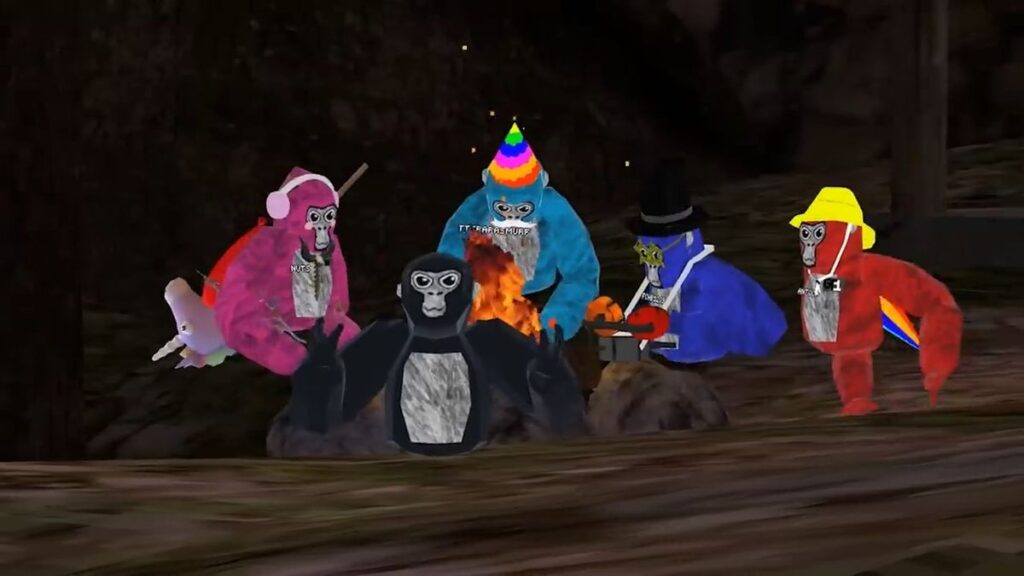
This dynamic replicates real-world chase experiences better than any digital shooter or racing game could. It turns Gorilla Tag into a VR predator-prey simulator, enhancing the adrenaline and excitement in every round.
Custom Rooms, Community Servers, and the Rise of Player Mods
As the community grew, so did the appetite for custom servers and modified gameplay. Players now join private rooms with personalized rulesets, parkour maps, and mini-games.
These community spaces expand what Gorilla Tag can be. Some rooms focus on advanced movement training, while others are full-on social lounges with no tagging. This evolution shows how the game encourages creativity and innovation.
The VR experience is transformed by this variety. What began as a simple tag game now resembles a VR sandbox built by players for players, where the rules are fluid and the fun is limitless.
Cosmetics, Identity, and Embodied VR Customization
Cosmetics in Gorilla Tag don’t just make you look cool—they define how others perceive you. Because your entire interaction with others is through your virtual body, your cosmetic choices carry more weight than in flat-screen games.
A cowboy hat might signify a helpful veteran. A banana suit? Probably a troll. These visual cues allow players to develop reputations, identities, and social roles within lobbies.
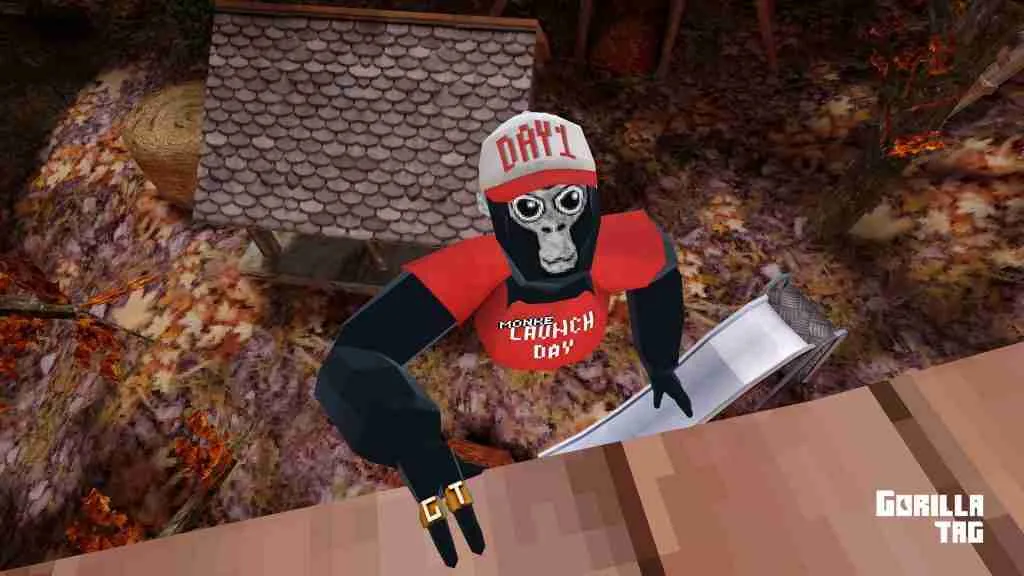
This type of embodied customization reinforces immersion and self-expression. You’re not just dressing up an avatar—you’re becoming it. In the world of VR, that’s a powerful thing.
Gorilla Tag as a Fitness Tool
While not originally marketed as an exercise game, Gorilla Tag quickly became a staple for VR fitness enthusiasts. Movement is constant, intense, and demanding.
Studies have shown that an average play session of Gorilla Tag can burn hundreds of calories. Unlike structured fitness apps, Gorilla Tag delivers this through pure fun. You’re sweating not because a trainer is yelling at you, but because you're laughing, chasing, climbing.
This naturally motivating structure transforms Gorilla Tag into a fitness platform without the burnout. It proves that VR can blur the lines between play and physical health.
The Future of Gorilla Tag and VR Immersion
With the growth of Gorilla Tag's player base and increasing developer support, the potential for deeper immersion is enormous. Developers are teasing new maps, enhanced movement types, and perhaps even support for full-body tracking.
The Gorilla Tag experience today might feel raw—but that’s also its strength. It’s unfiltered, physical, and absurdly fun. As VR hardware improves, the Gorilla Tag experience could evolve into an even more lifelike primate simulator, social playground, and sport.
And even if it stays just the way it is—simple and sweaty—it’ll still be one of the most immersive games VR has ever seen.
Conclusion
Gorilla Tag is a masterclass in VR immersion. It strips away complexity and delivers physical, emotional, and social experiences through pure interaction. Whether you’re a new player fumbling through your first climb or a seasoned expert bouncing across trees in a single bound, Gorilla Tag invites you to embody your virtual self like few other games ever have.
Its movement, community, and unpredictable fun make it a defining title for virtual reality. As VR continues to evolve, Gorilla Tag remains proof that the best immersive experiences sometimes come from the simplest ideas.

